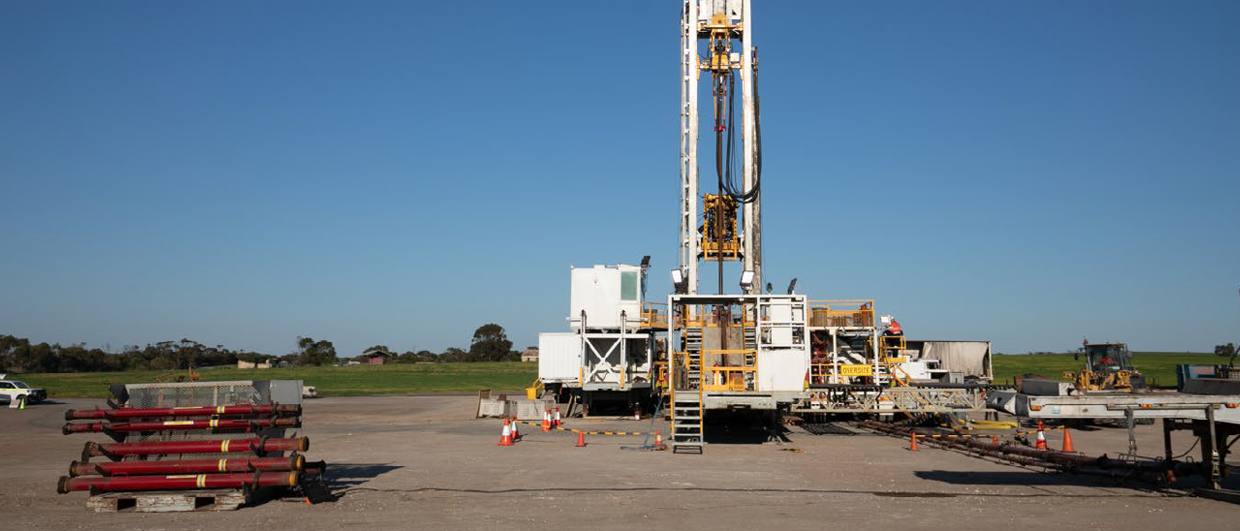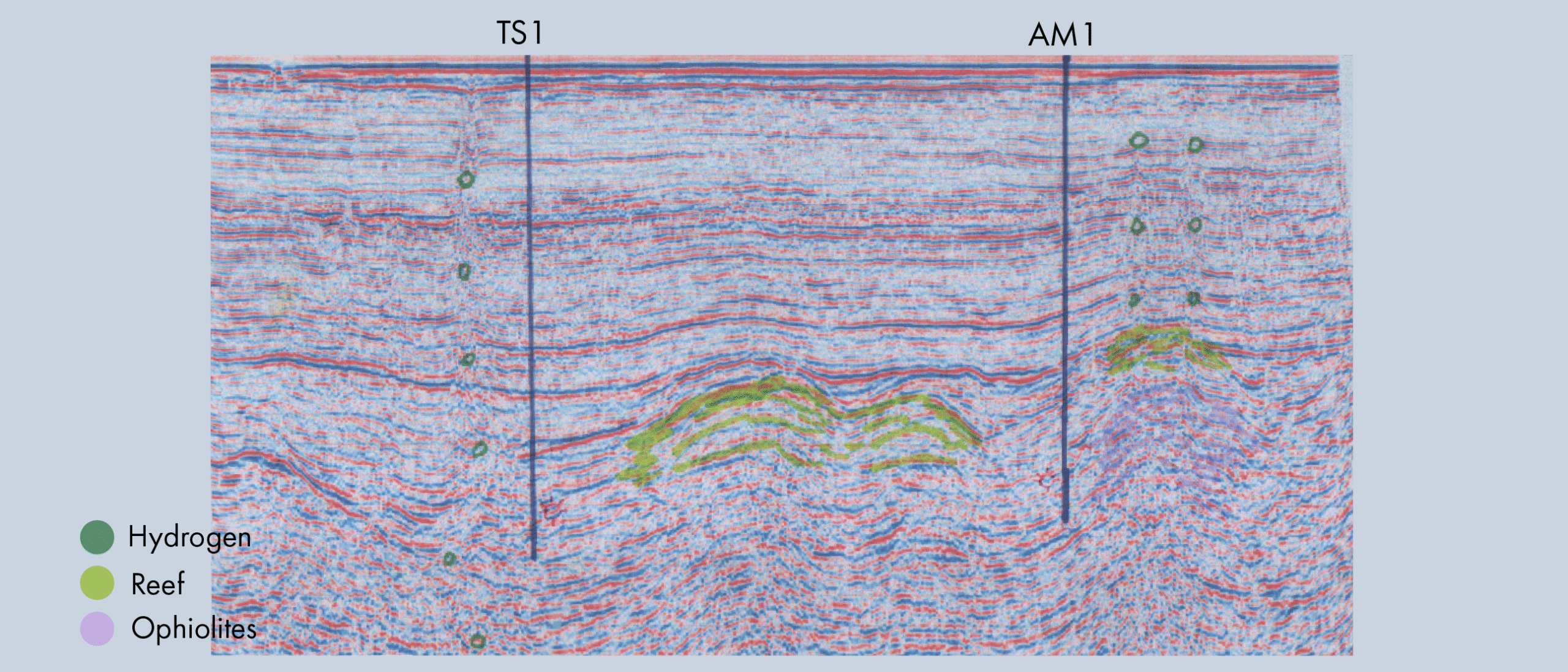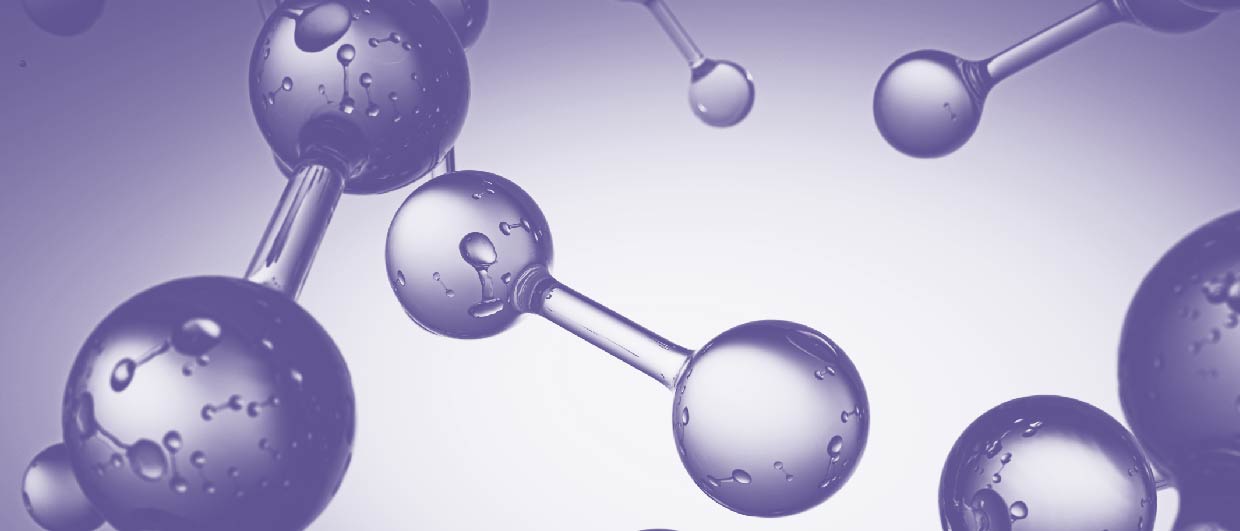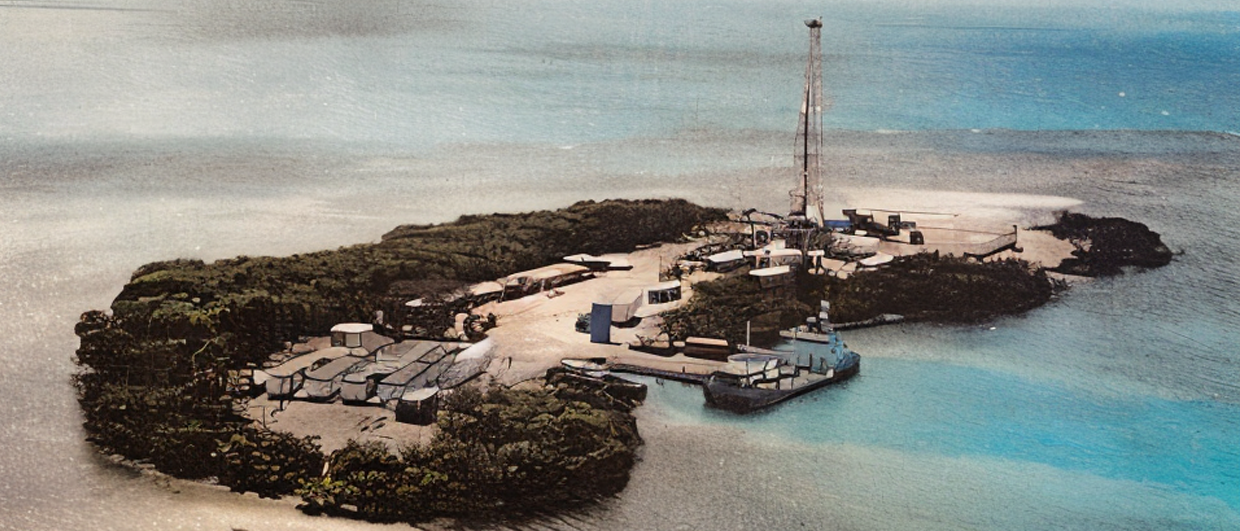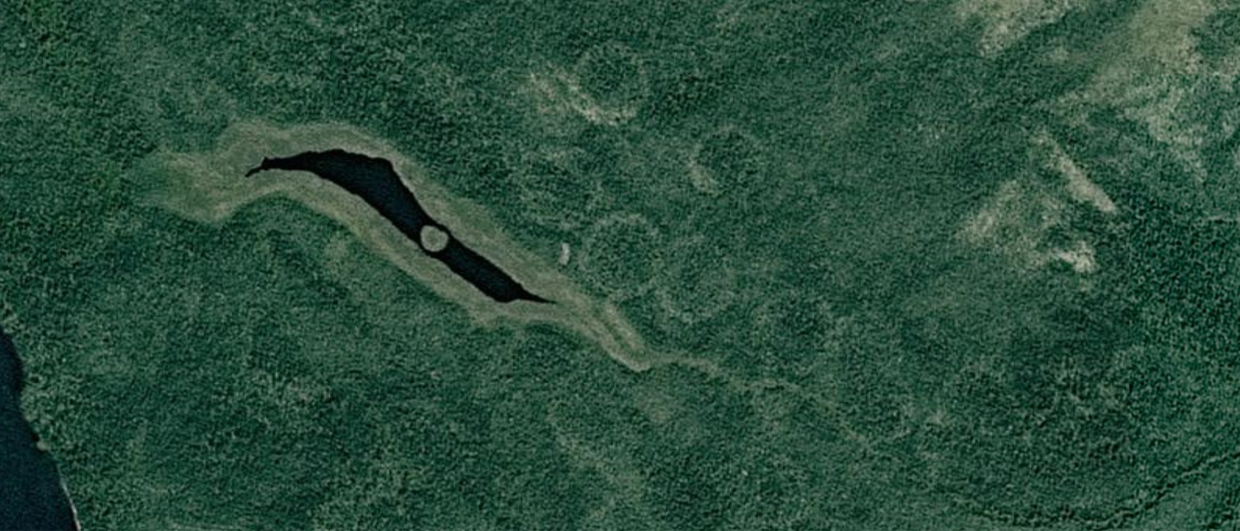Australia’s first dedicated hydrogen well is a success! Last month, Gold Hydrogen drilled the Ramsay-1 well on the Yorke Peninsula to the west of Adelaide, SA. The well twinned the historic Ramsay oil bore drilled in 1931 that discovered concentrations of up to 89% H2 rather than the hydrocarbons that were the original target of the well. Gold Hydrogen measured 73.3% H2 at 240 m TVD, consistent with 76% H2 recorded in 1931 at the same depth. Note that this mud gas sample is taken above the target reservoir zone.
Analysis of the Cambrian Parara limestone reservoir was difficult due to a combination of high fracture permeability and overbalanced drilling. The widespread connected fracture system caused drilling fluid losses and the poor returns made it difficult to accurately analyse hydrogen concentrations in mud gas.
However, it simultaneously proves good reservoir permeability and the possibility for fluid pathways extending from a deeper source to shallower depths (316 mMD). It should also be noted that the significant overbalance of the drilling fluid likely means that the reservoir pressure is lower than Gold Hydrogen anticipated. This can have implications for the estimate of reserves present as well as the ease with which the H2 can be produced.
The well reached a total measured depth of 1005 m in the Precambrian basement. The basement as well as the thick weathered zone above it were both found to be heavily fractured. A downhole fluid sample at 892 m MD yielded a surprise discovery of 3.6% helium, plus nitrogen. This serendipitous find at an economic level comes at a time when Australia’s only domestically produced helium from the Bayu-Undan field has just ran out. This could be an interesting opportunity if reserves are proven.
Following the promising preliminary results of Ramsay-1, Gold Hydrogen has already rigged up to drill the Ramsay-2 well, 500 m to the west. Drilling is due to start one of thee days.

